What are the first six multiples of 3?
3, 6, 9, 12, 15, 18
What is the definition of area? What is the formula to find area?
The measurement of space inside an object. A = L X W
What is the definition of perimeter? What is the formula to find perimeter?
The measurement of space outside or around an object. P = L + L + W + W or P = 2L + 2 W
How many more cubes are in the picture below compared to the picture above?
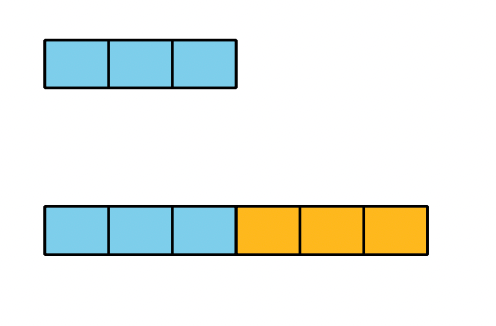
The picture below has twice as many cubes as the picture above.
Is 6 x 2 = (3x2) + (3x2) an example of the distributive or associative property of multiplication?
Distributive Property of Multiplication
What is a common multiple of 2 and 5?
10, 20, 30, 40, 50, 60, 70
What is the area of the rectangle?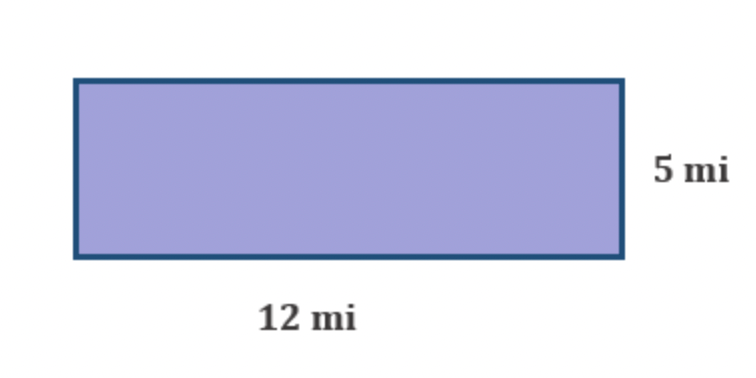
A = 60 ft2
What is the perimeter of the rectangle?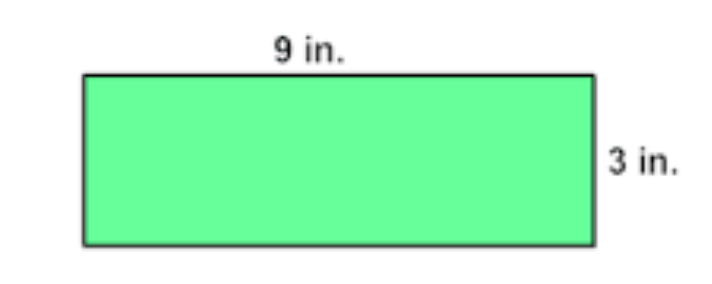
P = 24 inches
Write an equation that shows the comparison of the cubes.
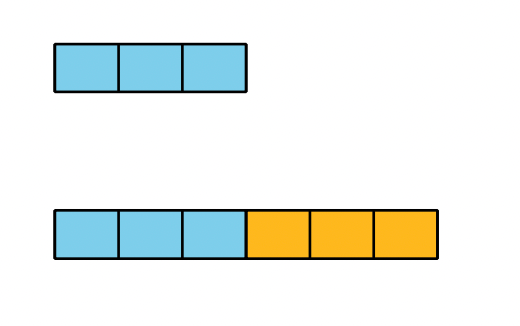
2 x 3 = 6
Solve 12 x 6 using the distributive property of multiplication.
Ms. Mendez will determine if your answer is correct because you can solve using the distributive property in different ways.
1, 2, 3, 4, 9, 12, 18, 36
The width of the rectangle is 7 centimeters. The total area is 70 cm2. Find the unknown length of the rectangle.
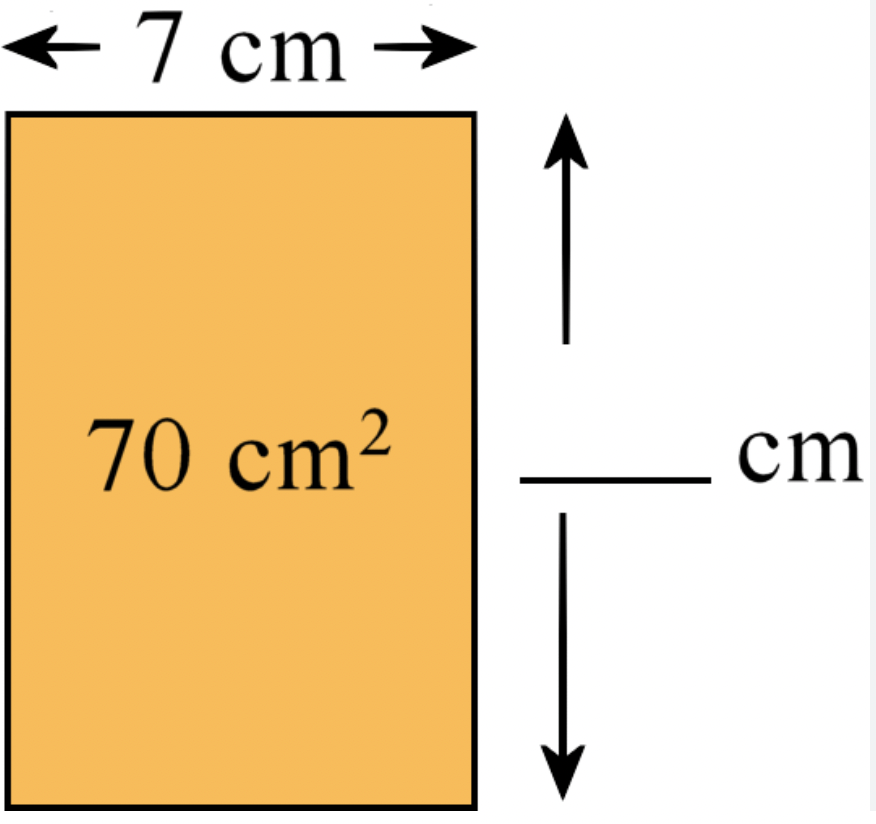
L = 10 cm
The rectangle has a perimeter of 30 feet and length of 7 feet. Find the unknown width.
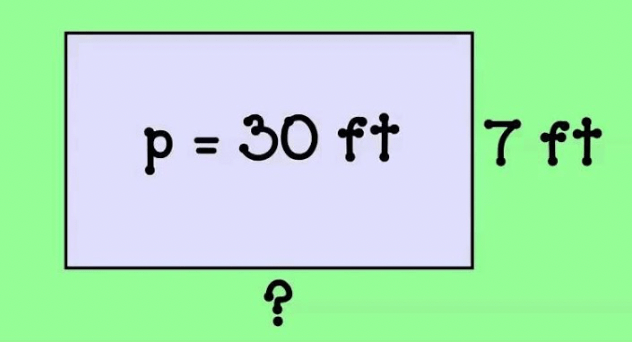
W = 8 ft
Write a drawing and an equation that shows the comparison

3 x 3 = 9; Ms. Mendez will determine the drawing.
Make the statement true and solve using the associative property multiplication: (7x2) x3
(7x2)x3 = 7x (2x3); 42
List ONE of the factor PAIRS of 36.
(1, 36) (2, 18) (3, 12) (4, 9)
The width of the rectangle is 12 cm. The total area is 96 cm2. Find the unknown length.
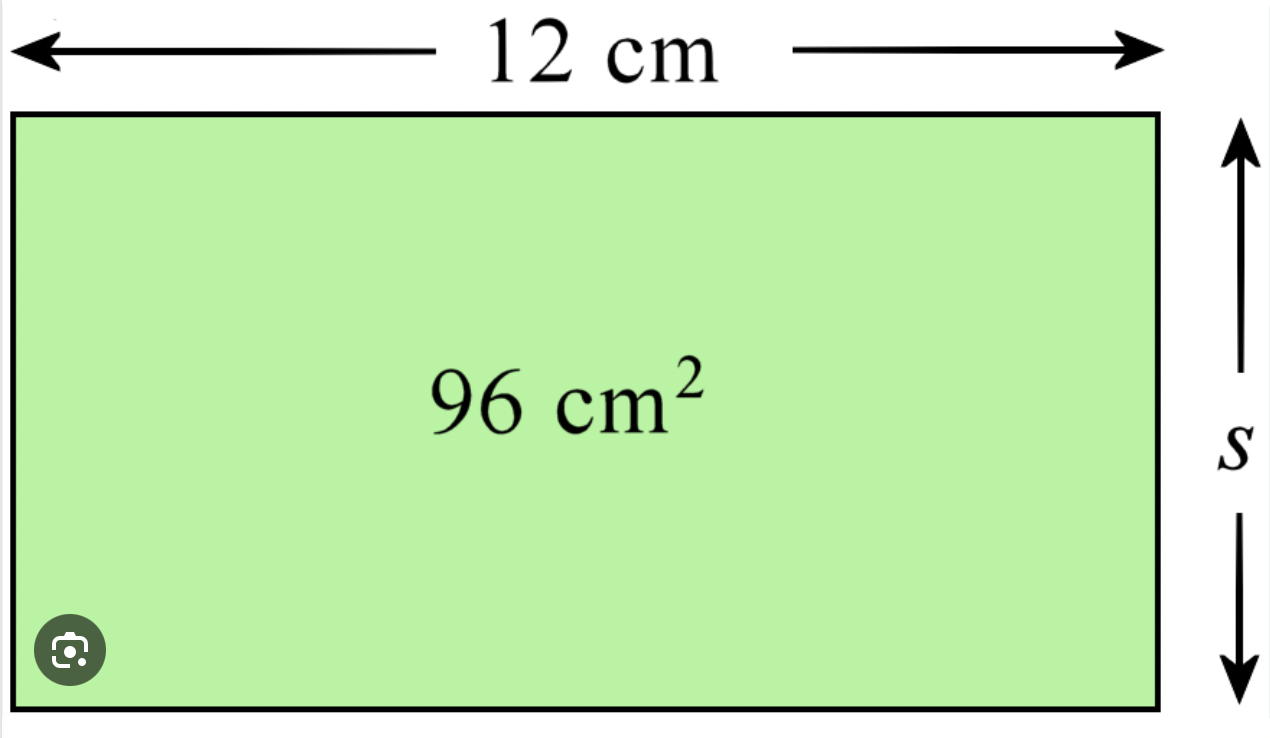
L = 8 cm
The perimeter of the rectangle is 60 feet and the width is 20 feet. Find the unknown length.
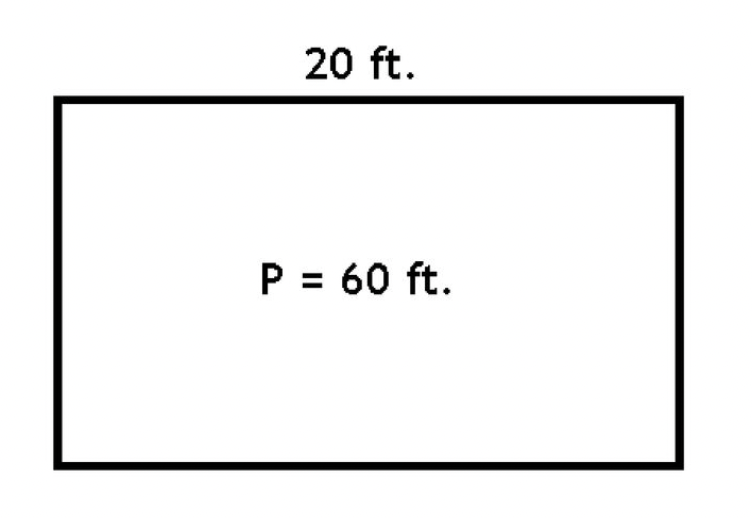
L = 10 feet
Priya has 5 cubes. Noah has 3 times as many. Draw a diagram and equation that represents the statement.
5 x 3 = 15; Ms. Mendez will determine the drawing.
Is (3x4) x 5 = 3 x (4x5) the distributive property or associative property of multiplication? Explain how it works.
The associative property of multiplication. It means that no matter what way you group the factors when you multiply, it does not change the product.
Ms. Mendez will determine if your answer is correct.
Ms. Mendez and her friends are going on a trip to New York! They want to know the area of the hotel room they booked so they could know how much space there is inside the room. The room has a width of 9 ft and a length of 7 ft. What is the total area of the hotel room?
A = 63 ft2
Rm. 39 will be running the RUN RUDOLPH RUN this Thursday! They want to know the perimeter of the field to know how much they will be running if they complete one lap. The field has a width of 12 meters and the length of 11 meters. What is the perimeter one lap around the field?
P = 46 meters
Write a statement and equation that represents the picture.
Tyler has 5 times as many cubes as Elena. 5 x 4 = 20
Is 8 x 6 = (4x6) + (4x6) an example of the distributive or associative property of multiplication? Explain how it works.
Distributive property of multiplication because if you decompose one factor into two addends, and multiply them with the remaining factor, add their products, you get the same answer as your original equation.